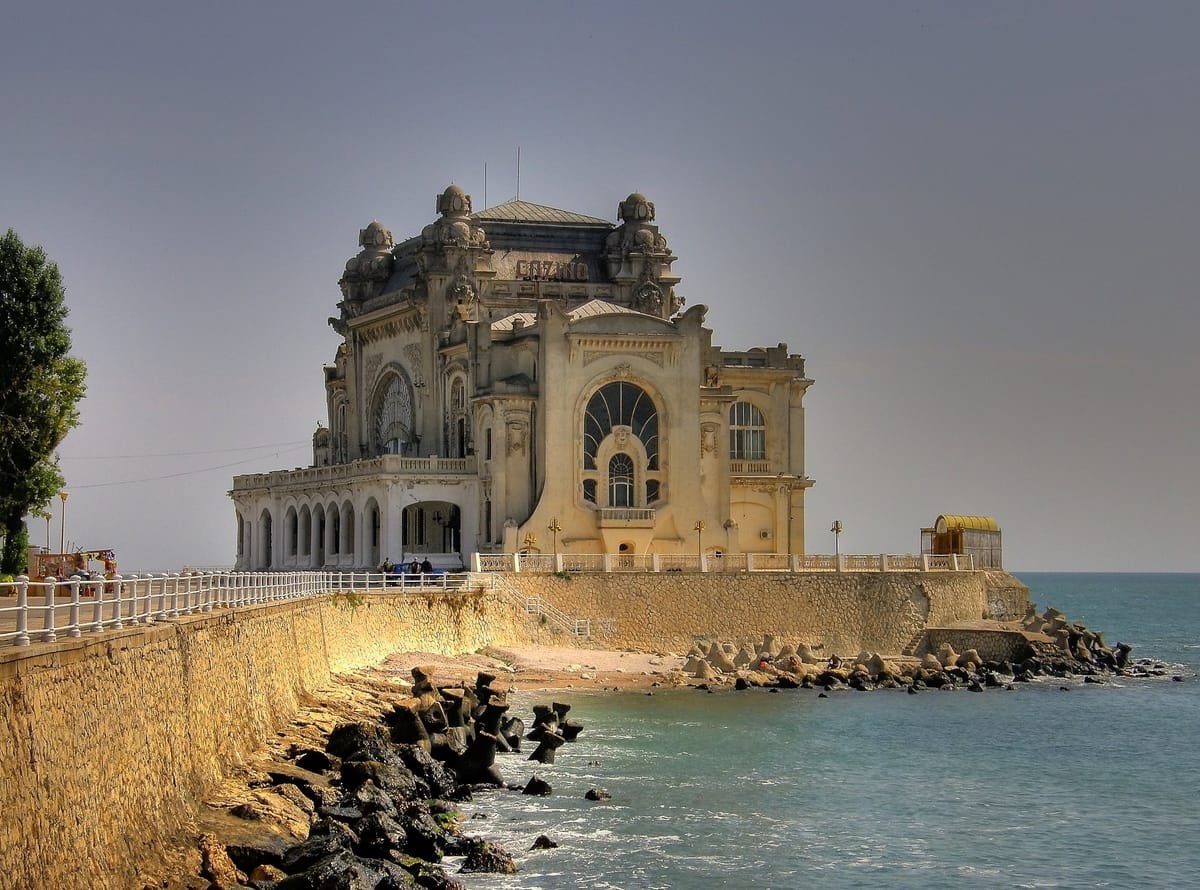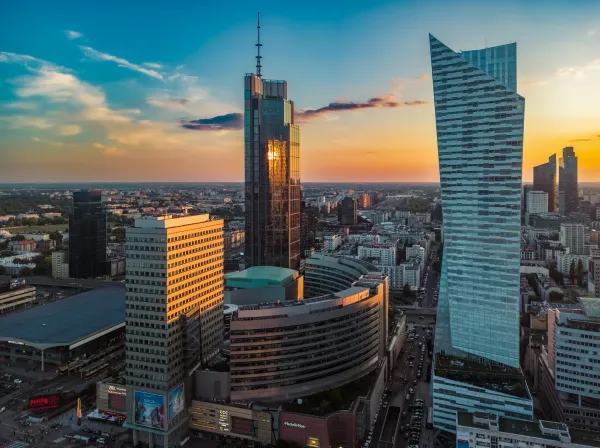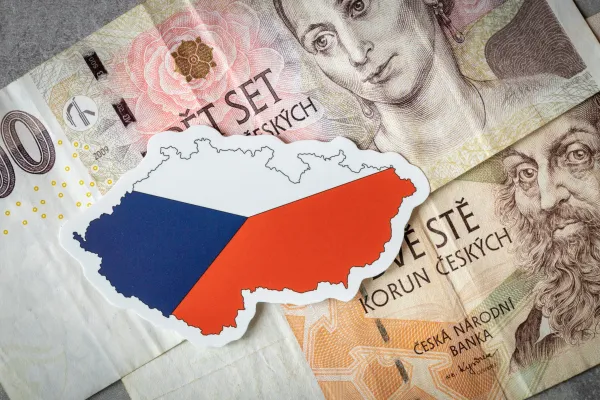
Romania oks EUR 150mn strategic infrastructure investment at Port of Constanta
Romania has approved “technical-economic indicators” for an over RON 750mn (EUR 150.8mn) rail construction project at the country’s largest port Constanta, east Romania, scheduled for completion in two years.
The Central and Eastern Europe (CEE) country has plans to transform Constanta into a key Black Sea logistics hub, in line with EU and NATO goals to secure supply routes impacted by the aftermath of Russia’s full-scale invasion of Ukraine in February 2022. Since then, Romania has become the war-torn country’s largest alternative grain export route, with 5.17mn tons of grain having passed through Constanta so far this year.
The new rail access project would revamp a 3.5km rail line, electrify an existing line at the port, and extend a tunnel to the city’s Palas station by around 500m.
Romanian Prime Minister Marcel Ciolacu wrote on Facebook: “We continue to invest in the development of the Port of Constanta: the target is to transform it into a logistics hub on the Black Sea. We are financing the rehabilitation works by over RON 750mn to ensure a second railway access to the Port of Constanta,” Ciolacu added.
PM expresses commitment to Constanta as regional hub
Ukrainian grain exporters are key in ensuring the logistics hub operates efficiently and the Constanta initiative aims to address the need to develop alternative export routes.
Romania’s role in Ukrainian grain exports has direct implications for global food security and infrastructure revamps will be critical in maintaining the ability to supply essential commodities, despite Russia’s ongoing disruption of established trade routes.
This development aims to cement Romania’s position as a player in regional logistics and also highlights its importance in addressing broader challenges in global supply chains.
Constanta is also a key hub within the framework of the Middle Corridor, or Trans-Caspian International Transport Route (TITR). The TITR is a trade route from Southeast Asia and China to Europe via Kazakhstan, the Caspian Sea, Azerbaijan, Georgia and Turkey, and serves as an alternative to the Northern Corridor through Russia, and the southern Ocean Route, which passes through the Suez Canal.
Romanian logistics company Grampet Group and Kazakh Railways’ subsidiary KTZ Express will also be working on revamping infrastructure in Constanta. The cooperation “aims to streamline rail traffic for the transport of goods between Europe and Asia, especially on the China-Europe-China route”, according to the logistics firm.
Romania could also buy Moldovan port from EBRD
The planned expansion of Constanta, along with Romania’s possible acquisition of Moldova’s River Danube port Giurgiulesti from the European Bank for Reconstruction and Development (EBRD), shows Romania’s long-term ambition to establish itself as a primary logistics node for CEE.
The infrastructure upgrades could also establish CEE as a low-cost manufacturing hub, attracting companies who are seeking out shorter and more secure supply chains.
The EU is meanwhile interested in strengthening CEE’s logistics capabilities and securing alternative trade routes. The transformation of Constanta into a hub would reshape trade dynamics in CEE and potentially draw more nations into EU-aligned economic initiatives.
PM announces further infrastructure plans
Ciolacu also announced on Facebook other rail and road construction projects: “We maintain the pace of investments in the road infrastructure and approve the first funds for the bypass of Vaslui. We are also allocating over RON 500mn (EUR 100.52mn) to renovate the 36km Giurgiu-Ghimpati road.
“We are approving today the financing of two large railway projects already started for over 320km, supported by the National Recovery and Resilience Plan. It is about the electrification-rehabilitation of the Cluj-Oradea-Episcopia Bihor line and the modernisation of the Caransebes-Timisoara-Arad railway line,” Ciolacu wrote.
Ongoing shifts in global trade and supply chains have spurred Western companies to relocate manufacturing to CEE hubs to reduce logistical complexities and costs, and EU funding and Romania’s commitment to investing in rail upgrades show the recent shift in regional investment priorities.





